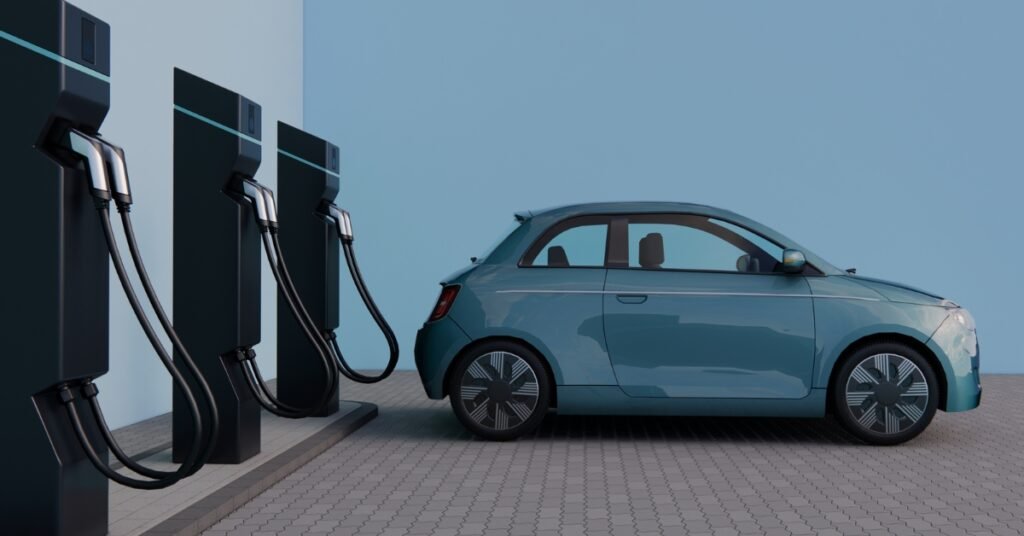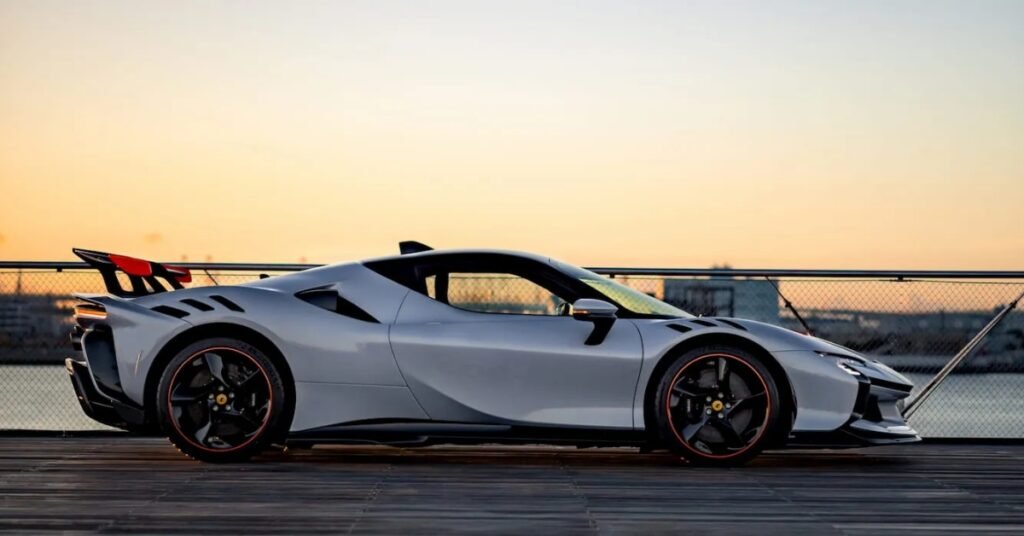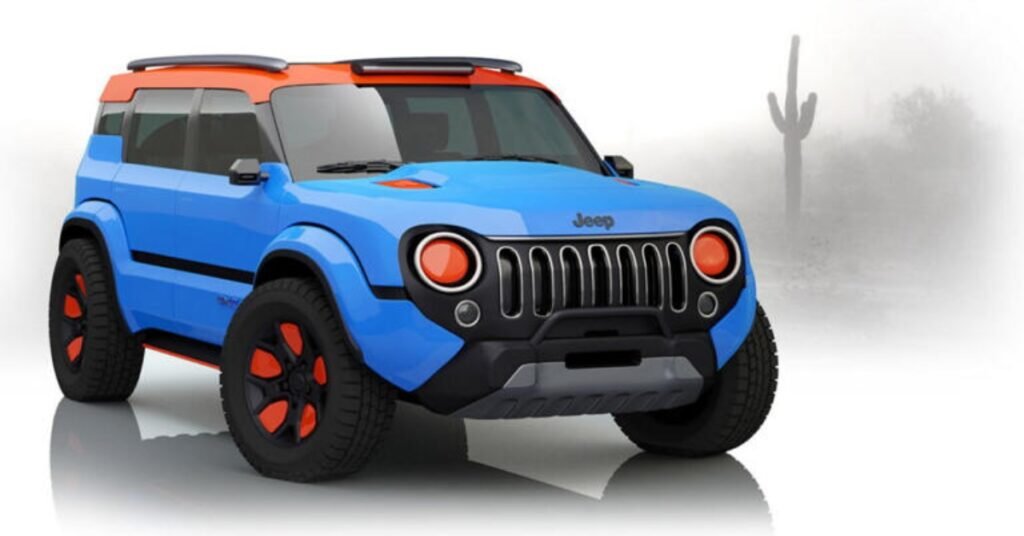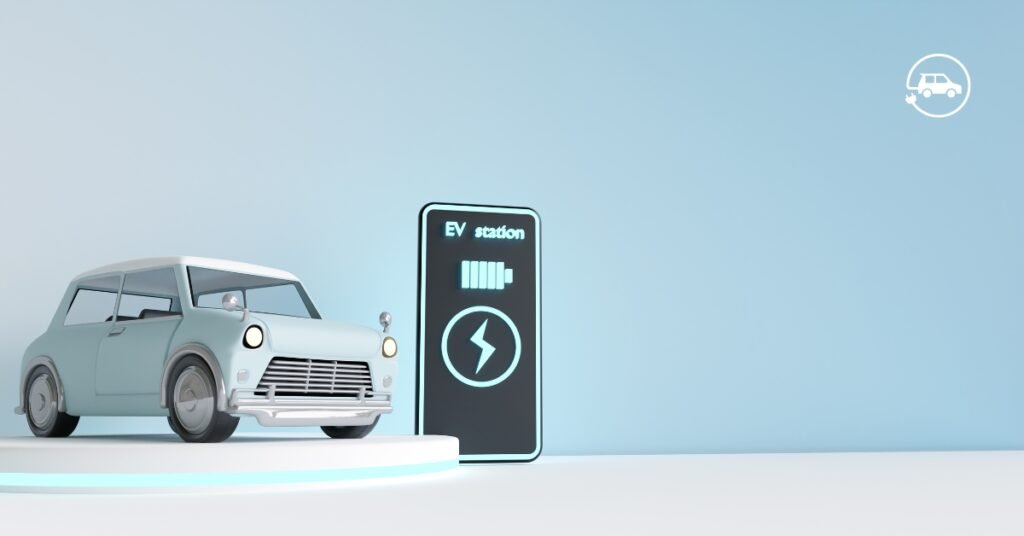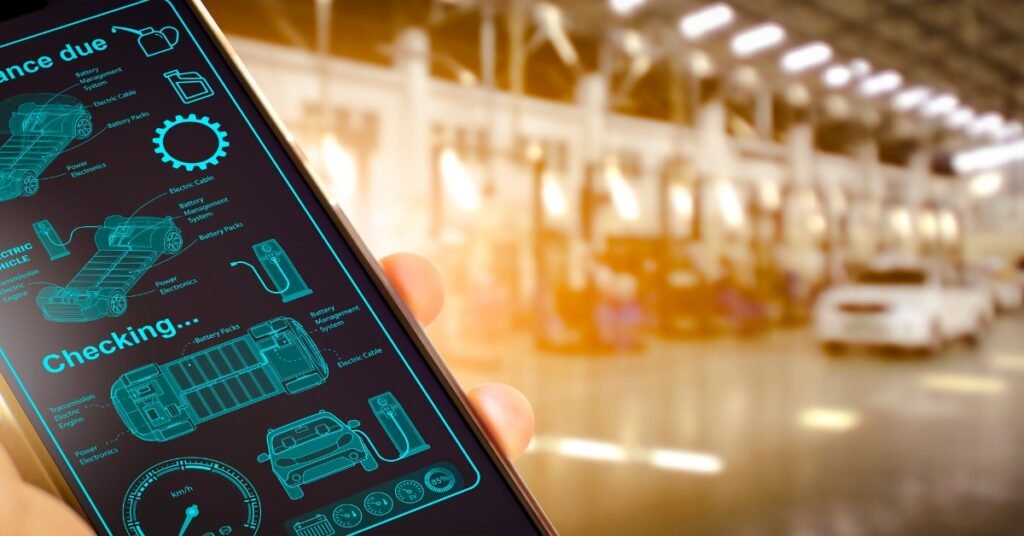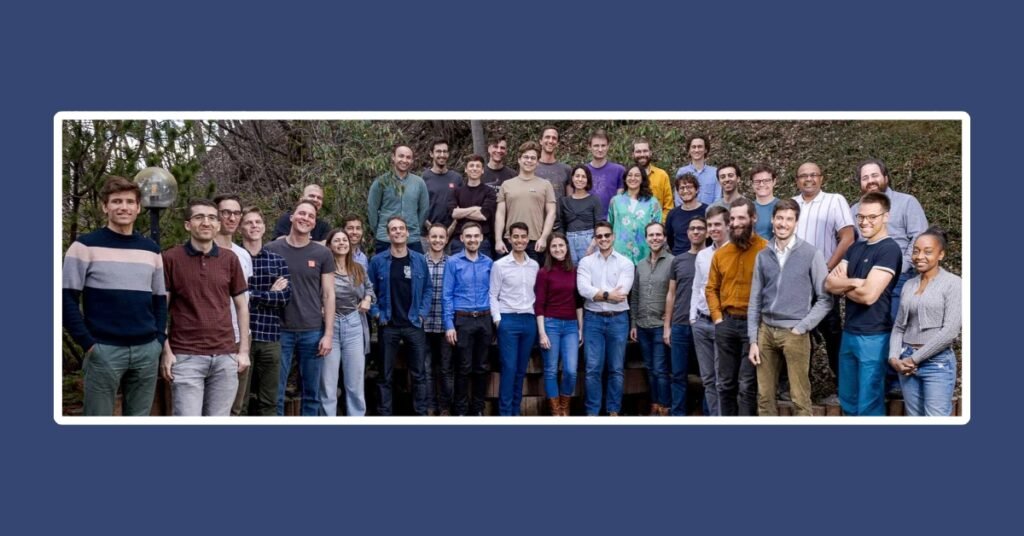Explore the latest U.S. electric vehicle market trends and California’s leading role in EV adoption. Understand challenges in charging infrastructure and federal policies.
Table of Contents
Electric Vehicles
In an era where cutting carbon emissions is no longer optional but imperative, the push to transition from gasoline-powered cars to electric vehicles (EVs) is gaining momentum.
Spearheaded by the Biden Administration, this shift is crucial in the fight against climate change.
Despite hitting a milestone last year with a record sale of 1.2 million EV units, the journey ahead presents many breakthroughs and setbacks.
California Leads, Despite National Slowdown
California, a pioneer in environmental initiatives, has again demonstrated its leadership by boasting record EV sales in the year’s first quarter.
A remarkable 102,507 electric vehicles were sold, accounting for 38% of the total EV sales in the U.S. during this period.
This figure represents an impressive 24% of all new vehicles sold in the state, signaling a robust appetite for cleaner transportation options among Californians.
However, the nationwide enthusiasm for electric vehicles is slightly decelerating this year.
The slowdown can be attributed to high vehicle prices, rising interest rates affecting auto loans, and stricter federal regulations regarding battery content.
These new rules have narrowed the eligibility for a $7,500 tax credit, dampening the financial incentive for potential buyers.
Challenges in Charging Infrastructure
Adequate public charging infrastructure remains a significant hurdle for widespread EV adoption.
In a surprising turn of events, Tesla, the leading EV manufacturer and operator of the largest charging network in the U.S., has recently reduced its workforce to Superchargers.
This decision came unexpectedly, especially as Tesla had been expanding access to its charging stations to other automakers and experiencing a surge in charging service revenues.
Despite the workforce cuts, Tesla CEO Elon Musk reassured the public via Twitter that the expansion of the Company’s charging network would continue, albeit at a slower pace.
This development leaves industry watchers and consumers pondering how this will affect the broader EV market as 2024 progresses.
Innovations Beyond Vehicles
The article also highlights innovative efforts beyond vehicles, such as using enzymes to recycle plastic textile waste and introducing green ammonia as a resource for American farmers.
These initiatives represent a broader commitment to sustainability that complements the electric vehicle movement.
Looking Forward
As the U.S. navigates these challenges, the commitment to transition to electric vehicles remains a key component of the national strategy to reduce carbon emissions.
With state leaders like California setting the pace, the hope is that solutions to these hurdles will emerge, making electric vehicles a more accessible option for all Americans.
The road ahead is complex, but the destination—a cleaner, more sustainable future—is clear and worth striving for.

